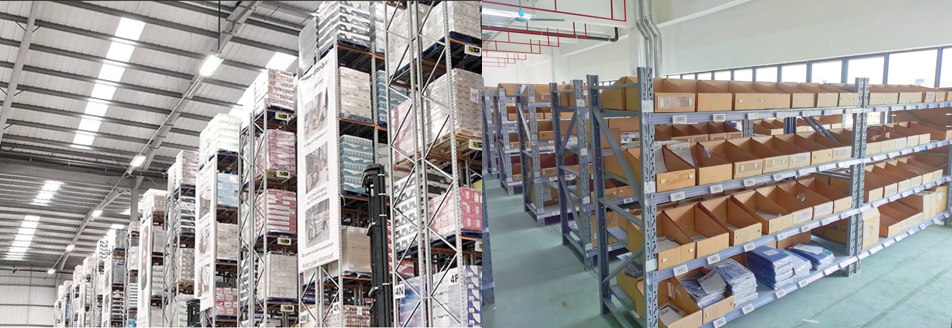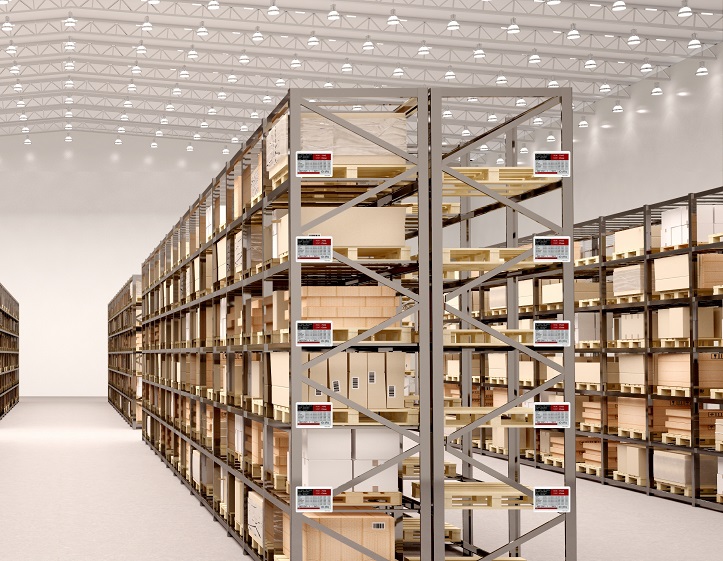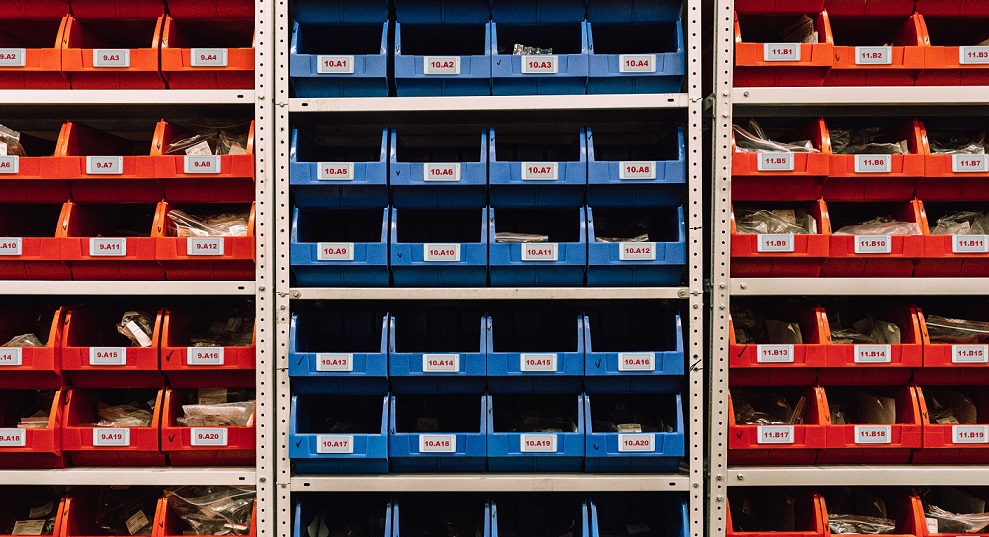Warehouse, as a part of the logistics industry, has a long history. It has been developed over the years and become more and more mature. In recent years, with the rapid development of technology, the development of the warehouse industry is also accelerating. The application of ESL in shelf warehouses has become an important part of warehouse management.
Electronic shelf labels are used to improve the efficiency of the warehouse and improve customer satisfaction. They are also useful for reducing costs associated with labor and paper. Electronic shelf labels can be used for several purposes in a warehouse. Some of the most common uses include:
Marking inventory locations. Electronic shelf labels can be placed on shelves to identify which items are located there. This allows employees to quickly locate items and reduces the time spent searching for them. It also allows employees to easily find out-of-stock items, so they can place orders for more stock or replenish inventory levels.
Marking price changes or special offers. When prices change or special offers occur, electronic shelf labels allow retailers to quickly adjust their prices without having to reprint labels manually or use sticky notes on product displays. This makes it easier for customers to see what discounts are available and reduces the need for employees to spend time finding out which products have changed prices or offers available.
Marking stock levels or low stock alerts. If a retailer wants an automated system that provides alerts when certain products run low, electronic shelf labels can be programmed to display low stock warnings when inventory levels fall below a certain threshold level.
In warehouses, electronic shelf labels have multiple uses. Most commonly, they are used to mark certain items as out of stock or missing items in an inventory count, so that these items can be found quickly when needed.
These labels can also be used to mark items that need special handling because they are fragile or temperature-sensitive (such as frozen food). When an item needs special handling, it is placed near its storage area so that it is easy for workers to find when they need it for a specific order.
Electronic Warehouses
Electronic warehouses (EW)nd shelf warehouses (SW) are warehouse facilities that allow customers to identify products they wish to purchase and then have those products delivered directly to their homes or offices.
Electronic warehousing has been around for many years but it is becoming increasingly important in the supply chain management industry. Electronic warehousing is now being used as a substitute for traditional yards, depots, and warehouses where goods can be stored and distributed.
Labels for A Warehouse
The following describes some of the most popular Electronic Shelf Label for warehouse options that you can implement in your warehouse operations:
Electronic shelf label printers
Electronic shelf label printers are excellent for printing graphics onto your ESLs. This allows you to personalize each product with brand logos or other images. These graphics can be printed directly onto the label using thermal transfer or inkjet technology.
Segment labels
Segment labels use two different colors to create unique barcodes for each product. These codes can then be scanned at various points within your facility to track inventory levels, pricing changes, and more. Segment labels also come in several sizes and shapes to fit any type of container or product packaging.
E-ink electronic shelf labels
E-ink shelf labels to feature provide a robust display, they are being scanned by a handheld scanner device or fixed barcode reader. These lights provide information about where a product is located within your facility so that employees don't have to waste time searching for it manually.

The Main Benefits of Electronic Warehousing Are:
Transparency: The process of electronic warehousing is transparent. Customers can see exactly what goods are available and how much they cost. This means that customers will know whether or not they can afford a particular product before they make an order, which allows them to plan their budgets more effectively.
Convenience: Customers can order from anywhere in the world via telephone or internet 24 hours a day, seven days a week. They do not need to wait for an employee to be available at a particular time or place to place an order with them.
Cost efficiency: Electronic warehousing saves money on staffing costs because there are no employees required at all; all orders are processed automatically by computer systems which means that there is no need for staff wages or benefits packages etc.

Applications for Electronic Shelf Labels
Electronic shelf labels can also be used to push information from one place to another without having to move around much yourself or having someone else do it for you (as would happen with a worker carrying a clipboard). This piece of technology allows you to view important information from anywhere within range of the label reader without having to go back into the office or warehouse again.
Electronic shelf labels can help you manage your schedules better by providing you with important scheduling information related to your warehouse workers and their tasks. You will know who is working when and where they need to go next. This will allow you to schedule your workers efficiently so that they are always working on something productive at any given moment.
Electronic shelf labels can help you gather data on how your stock is performing on the shelves, so you can make better decisions about what to sell and when. For example, you can use them to track sales trends by tracking how quickly items are selling out or how fast they are moving through the store. You can also use them to measure how much inventory you have left on each product so that you don't run out of stock unexpectedly.
MinewTag is a leading electronic shelf label manufacturer. There are many options available for whatever type of warehouse labels you need. If you want your goods to stand out from the rest, this might be just what you need.












